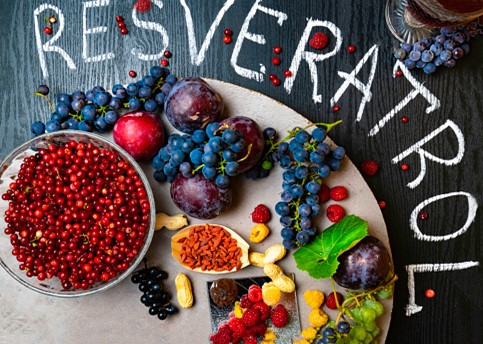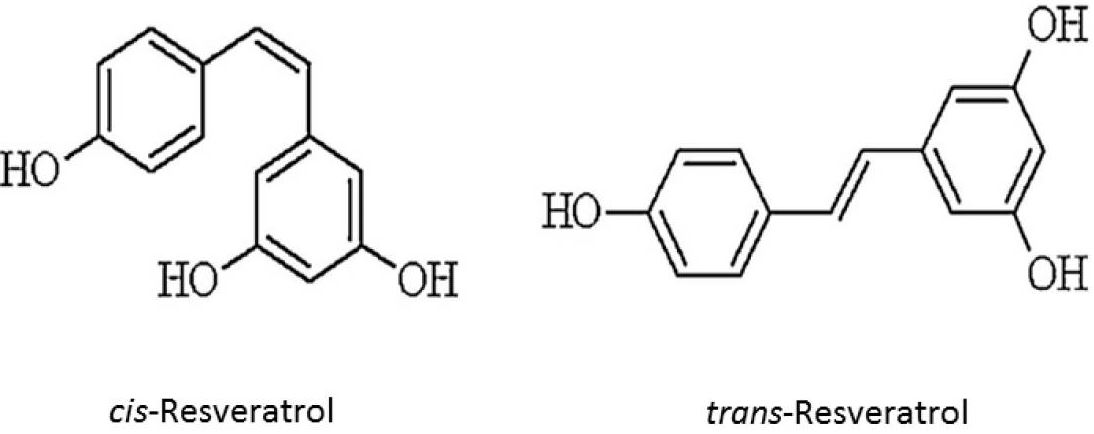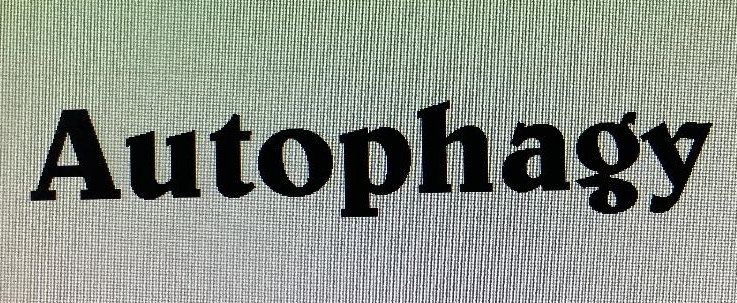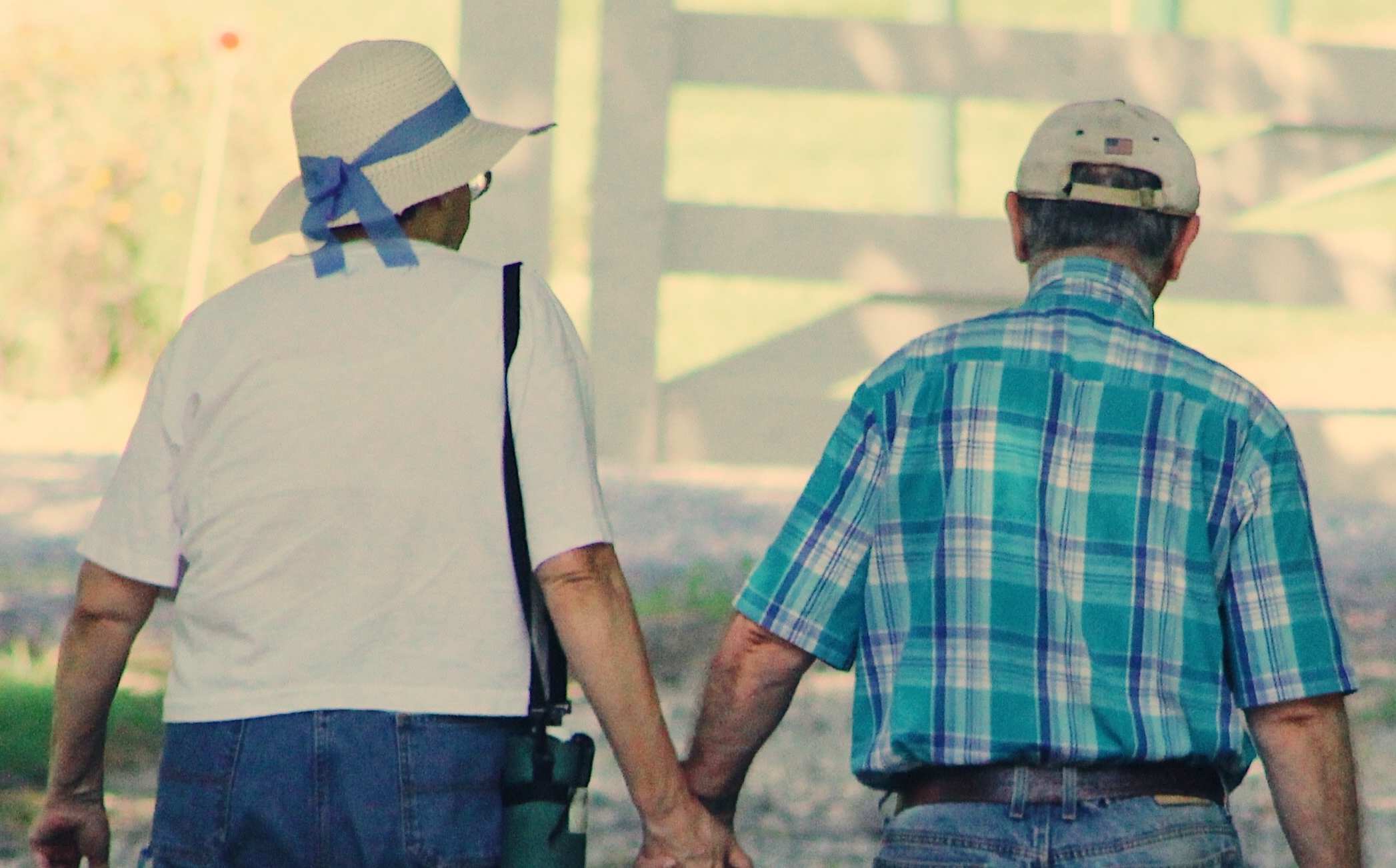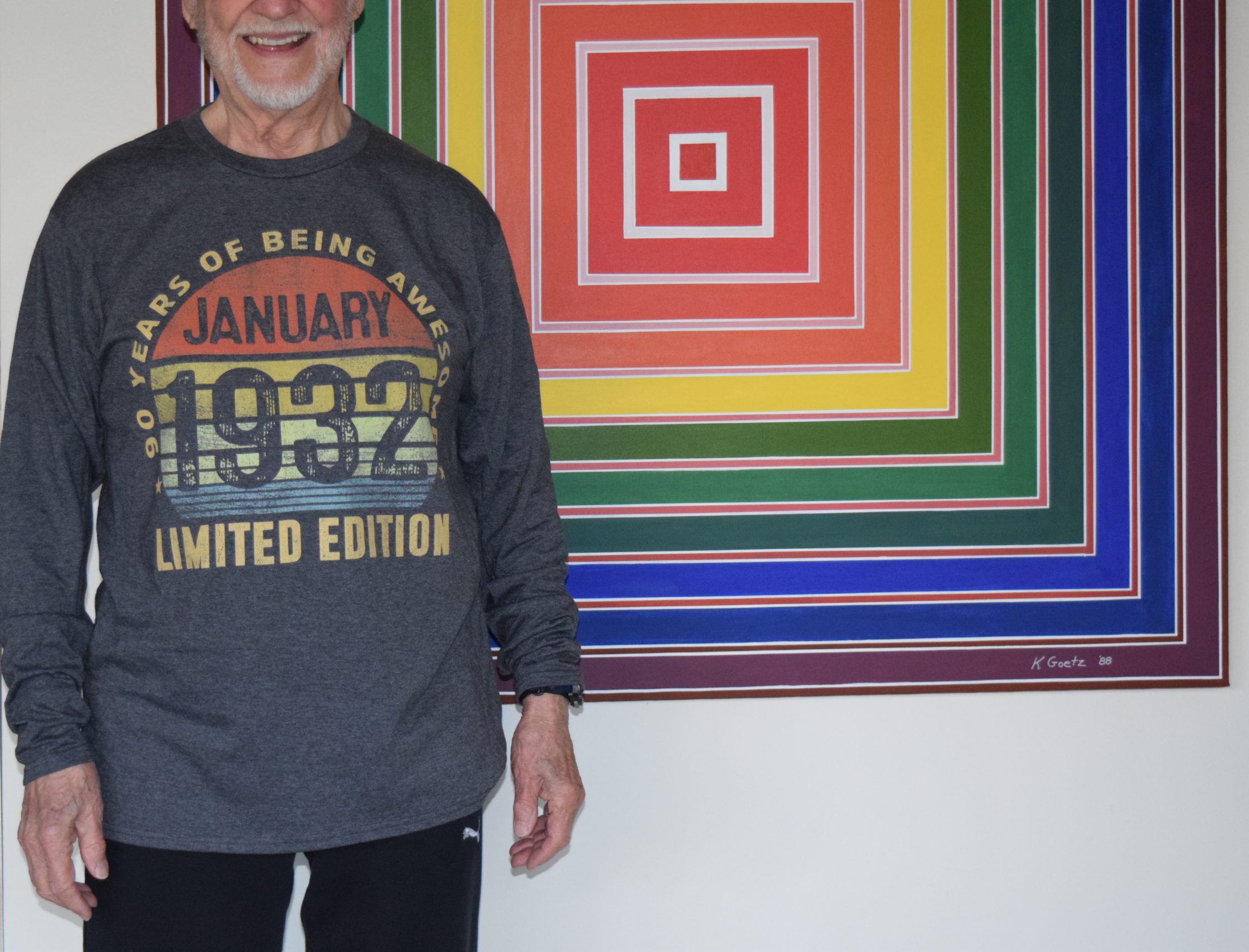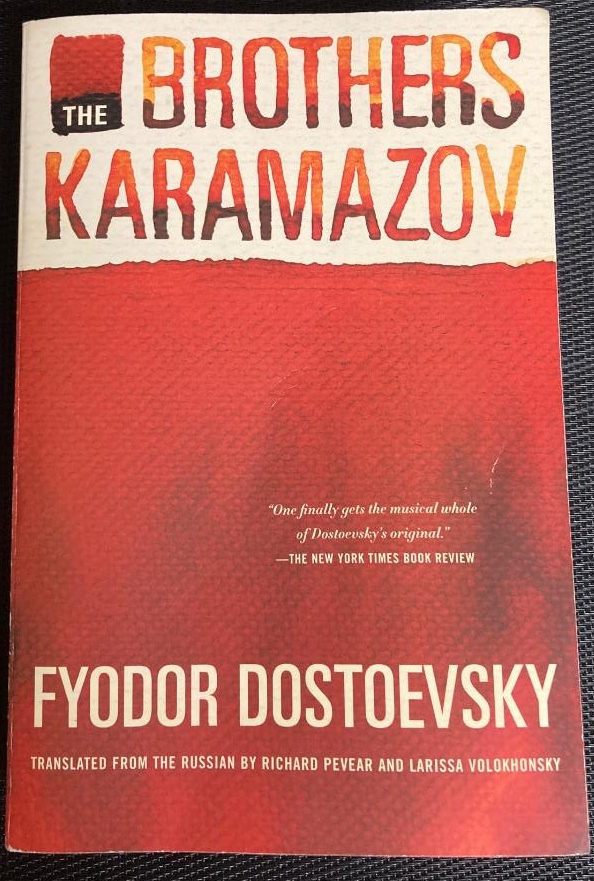
In my last post, I described some of the healthful effects produced by resveratrol, a chemical found in grapes, blueberries, peanuts, and cocoa powder, among other food sources. Not surprisingly, it also is available in differing forms from numerous commercial sources. Resveratrol has a chemical cousin named pterostilbene, which I’ll mention below.
Resveratrol seemingly is magical in many ways (see here). Not only does it extend the lives of species ranging from yeast cells to mice (I know of no published results from larger animals or humans), it also seems to have beneficial effects on cancers of the colon, breast, and prostate. Other reports indicate that it impedes the development of Alzheimer’s disease, that it has positive effects on kidney disease, hypertension, diabetes mellitus, and other data suggest that it is therapeutic in certain inflammatory diseases, and several other disorders as well.
This is not a technical blog, so we will glide over an ocean of scientific studies here. Suffice it to say that the so-called bioavailability of resveratrol (whether enough of it gets to the places where it does its job) has been questioned. According to careful studies, 75% of orally ingested trans-resveratrol is absorbed into the blood stream, but the amount in blood is quickly metabolized in the intestines and liver. This metabolism rapidly destroys much of the absorbed resveratrol, thus leading to low concentrations in the blood after it is ingested.
This may or may not be a problem. In what appear to be well-controlled human experiments, the amount circulating in the bloodstream after volunteers ingested 500 mg of trans-resveratrol reportedly remained high enough to produce many of the reported therapeutic effects. And the downstream products produced by the metabolism of resveratrol also have biological effects. Does resveratrol produce serious side effects? There are some suggestions that it may cause some, but overall it appears to be quite safe to take.

Pterostilbene
Now let’s focus our attention to that close cousin of resveratrol, a chemical knows as pterostilbene, and one that seems to have many of the beneficial effects of resveratrol. This cousin also appears to have an important advantage over reserpine. Data indicate that it is more biologically active than resveratrol (I’ll interrupt myself here to mention that this is my first day of typing with Word, and I’m a bit miffed because Microsoft’s Word underlined the word indicate earlier in this sentence, suggesting I should have used indicates. May I pass along to the creators of Word that data is the plural form of the singular form, datum, thus “data indicate” is grammatically correct.)
Sorry for the above diversion, but I have been a fan of WordPerfect for decades, and I haven’t yet warmed up to this new kid on my block. I would still be using WordPerfect if I could manage it, but my old favorite lies dying in tatters in Windows 11, the operating system on my newly acquired computer.
To come back to pterostilbene, it hasn’t gotten nearly the press attention that reserpine has, but from my limited probing into these two compounds, I have the impression that pterostilbene does have an edge over resveratrol. Nevertheless, I am an equal opportunity consumer of supplements, as I’ve mentioned earlier (see here), so I continue to take 1200 mg of resveratrol every morning. About a year ago I began taking 150 mg of pterostilbene as well. Do I recommend these two to you? Not really. I just write essays here. If you are interested, I suggest you learn more about each compound and consult your physician before taking either of these two intriguing compounds.
Eat Nuts, Live Longer

It has been reported for years that people who consume nuts daily (or at least often), tend to live longer than those who rarely eat nuts. And nutritionists and other scientists have long extolled the health virtues of blueberries and similar fruits. It turns out that many nuts and berries contain both resveratrol and pterostilbene. Is it possible that the health benefits of nuts and blueberries are at least partly attributable to the resveratrol and pterostilbene within them? I think it is a logical question.
I have just scratched the surface here, drawing out only a small bucket of water from this gigantic ocean. If you would like to swim out for a more detailed look at this intriguing subject, I will suggest a source that contains abundant information on both compounds. Spoiler alert: it is a thorough scientific review of resveratrol, pterostilbene, and a third cousin I haven’t mentioned. Like nearly all scientific reviews, it written with plenty of typical jargon, but any reader should derive important general information from it (to see it, click here).
I’ll stay with the theme of health and aging for a while. Hope to see you back here soon.
